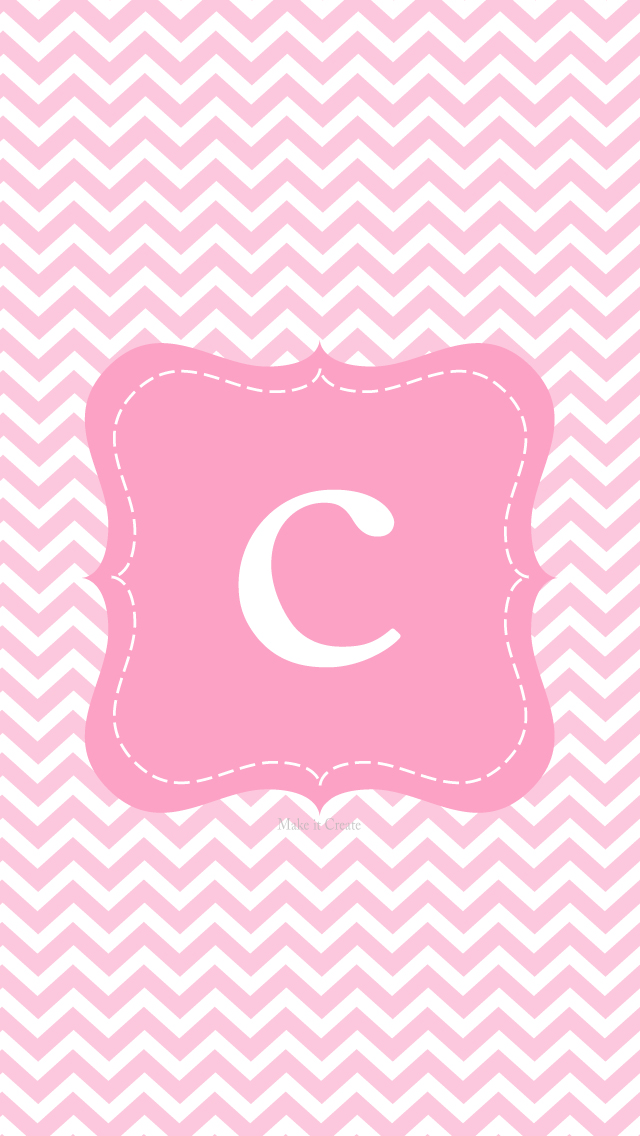

That’s why it’s so important for individuals in recovery to be aware of their triggers (and what potential high risk situations they need to avoid). Individuals under a pink cloud may have a false sense of confidence while not yet having a solid foundation for their recovery, adds Sternlicht. “Being on a pink cloud can sometimes mean a detachment from reality-people become preoccupied with the good feelings and forget about the journey in front of them,” she says. When it comes to the pink cloud, not everyone experiences the same symptoms, says Estes. Increased engagement (and sometimes preoccupation) in recovery-related activities, such as therapy, Narcotics Anonymous or Alcoholics Anonymous meetings and 12-step work.Optimism toward the recovery process and future.Eagerness to reestablish relationships and activities.People who are pink clouding may experience: Signs of pink cloud syndrome include a marked increase in overall positivity about recovery or life in general, explains Duff. While this period of sobriety marks excellent progress, it doesn’t mean a person is cured of their addiction. For many, a few weeks or months is the longest they have gone without active use,” says Duff. “It can also come from a relief from the physical pain, fatigue and illness associated with ongoing use and withdrawal. Pink cloud syndrome can be attributed to feelings of increased self-esteem after a person has undergone a period of sobriety. However, everyone is different and not everyone in recovery goes through this phase, she adds. Pink clouding usually begins after withdrawal symptoms have subsided or been managed with medication, says Pamela Duff, a substance abuse counselor at Red Coach Counseling in Orlando, Florida. Often, pink cloud syndrome can cause a person to believe that they can now live their life without any further hurdles, says Estes, which can easily lead to relapse when life gets overwhelming and stressful again.

“If someone feels a rush of euphoria not long after sobering up, chances are they’re going through this condition,” says Cali Estes, an addiction recovery specialist, sobriety coach and founder of The Addictions Coach. Pink clouds often take hold early in recovery-sometimes within the first few days,” he says, adding that the length of the phase varies from individual to individual. “It’s an intense joy that some individuals experience when they stop engaging with their addiction. Pink cloud syndrome is akin to the honeymoon phase at the onset of a new relationship, says Sternlicht. Here’s what to expect from pink cloud syndrome, plus expert-backed tips for maintaining sobriety after it passes. “An individual experiencing a pink cloud may also be less motivated to learn coping skills or implement them, as they may have a belief that they will never experience cravings to relapse,” says Sternlicht. And while the positive feelings experienced during a pink cloud can serve as an impetus to continue down the path of sobriety, they can also create a false sense of confidence that stymies progress, he says.

Pink cloud syndrome often causes extreme joy, explains Aaron Sternlicht, an addiction specialist and co-founder of Family Addiction Specialist based in New York City. Either way, there’s a good chance you might experience a phenomenon called pink cloud syndrome, a “high on life” feeling that often occurs during the early days of sobriety. Perhaps you’re in the early stages of navigating an alcohol use disorder recovery program, or you’ve decided to get sober on your own. While we work hard to provide accurate and up-to-date information that we think you will find relevant, Forbes Health does not and cannot guarantee that any information provided is complete and makes no representations or warranties in connection thereto, nor to the accuracy or applicability thereof. The compensation we receive from advertisers does not influence the recommendations or advice our editorial team provides in our articles or otherwise impact any of the editorial content on Forbes Health. Second, we also include links to advertisers’ offers in some of our articles these “affiliate links” may generate income for our site when you click on them. This site does not include all companies or products available within the market.

The compensation we receive for those placements affects how and where advertisers’ offers appear on the site. First, we provide paid placements to advertisers to present their offers. This compensation comes from two main sources. To help support our reporting work, and to continue our ability to provide this content for free to our readers, we receive compensation from the companies that advertise on the Forbes Health site. The Forbes Health editorial team is independent and objective.


 0 kommentar(er)
0 kommentar(er)
